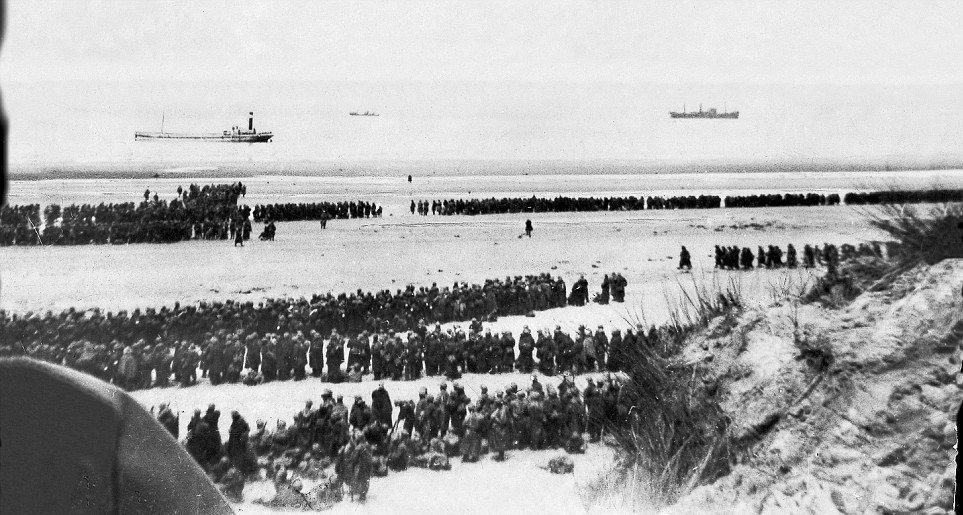May 26, 1940, marked the beginning of ‘Operation Dynamo,’ the rescue of the defeated British Expeditionary Force and the French First Army from the port of Dunkirk in northern France. Trapped by the Germans, the allies faced defeat and capture. Their loss would have ended the Second World War after only six months.
Expectations for the rescue were low, with only 30,000-45,000 men expected to return. But over the course of nine days, 338,226 members of the BEF and 123,000 French troops were safely conveyed to Britain. A new film, Dunkirk, released on July 21, 2017, commemorates these events. But what happened at Dunkirk to snatch a miracle from a military disaster?

Lord Gort’s Defiance
The first six months of World War II saw a stalemate between the Germans and the allied forces sent to France to prevent German advance. The BEF, the French army, and their allies held the line at the French-German border. The situation was favorable for the Allies. The combined British and French forces at least equaled those of the Germans. They also had twice as many artillery and tanks. If Belgium and Holland joined them, as they hoped, the allied forces would have had three more divisions than the Germans. They had every right to be optimistic.
Then on May 10, 1940, everything changed. The Germans finally went on the offensive. By May 20, the Battle of France saw the allies divided and on the run. They had effectively lost France to the Germans. The BEF faced being trapped without any hope of escape. The whole event was, in the words of Winston Churchill, ‘a colossal military failure.” But it was worse than that. The loss of the BEF would mean Britain was effectively out of the war.
The BEF was still under orders from Churchill to support the French by attacking the Germans to the south. But this was a futile approach as they would have lost the fight- and probably the whole army. General Viscount Gort, Commander of the British forces, did not want to waste the lives of his men or end the British war effort. He felt the only course was for the BEF to withdraw across the channel so they could regroup and continue the fight.
On May 19, Gort put his plan to high command in Britain. He had already ignored the instructions of his superiors and ordered the 5th and 50th divisions to move north and hold open a corridor to the northern French coast so that the allied forces could escape. Meanwhile, across the channel in the dynamo room of naval headquarters, Dover Castle, Admiral Bertram Ramsey held his first meeting to plan the evacuation of troops. ‘Operation Dynamo’ had begun.

